According to regulations of the Korean Animal and Plant Quarantine Service (APQA), growing areas producing fresh grapefruit for export to Korea must register with the Plant Protection Department (Ministry of Agriculture and Rural Development) annually. The Plant Protection Department will manage and monitor the growing areas for export to ensure that the pests of concern to the Korean side are at low density levels.
Plant protection officers conduct surveillance at export orchards for Prays endocarpa and Citripestis sagittiferella every two weeks from flowering to the end of harvest and control measures are taken when the two pests Prays endocarpa and Citripestis sagittiferella are detected on more than 4% of the inspected trees.
Packing facilities that classify and package fresh grapefruit for export to Korea must register with the Plant Protection Department annually and be regularly cleaned and inspected.
The Plant Protection Department must notify APQA of the list of grapefruit growing areas, export packers and registered steam treatment facilities before commencing annual fresh grapefruit exports.
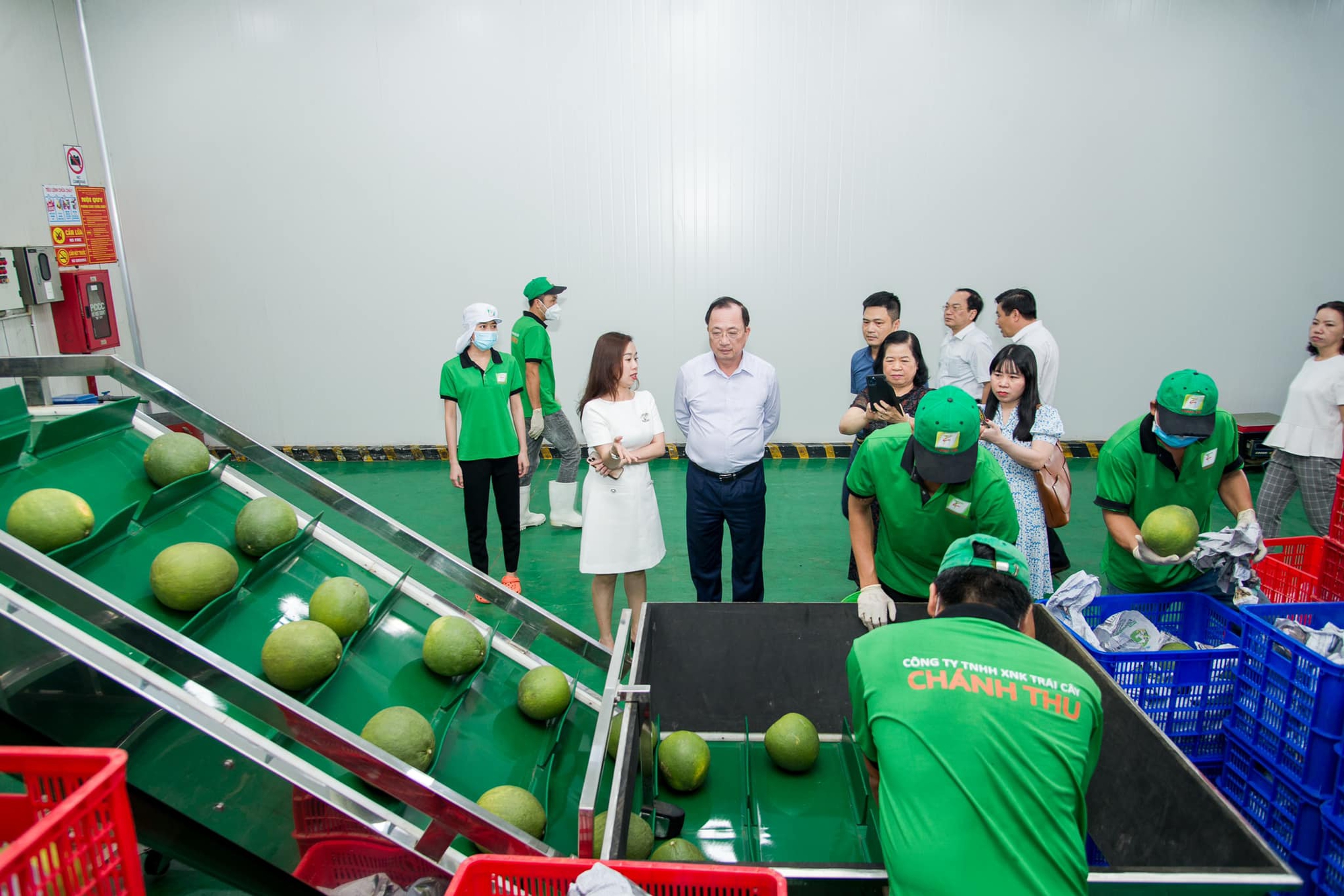
Processing and packaging grapefruit for export at Chanh Thu Group Joint Stock Company. Photo: Chanh Thu.
Fresh grapefruit exported to Korea must be sorted and packed only at packing facilities registered with the Plant Protection Department. When fresh grapefruit exported to Korea arrives at the packing facility, the harvested fruit crate must be labeled. The label must clearly state that the fresh grapefruit was produced in a registered export growing area, including the name or registration number of the growing area. The export packing facility must verify the information on the label.
The process of grading fresh grapefruit for export must include water washing and compressed air cleaning. The hot steam treatment facility must be registered with the Plant Protection Department; the Plant Protection Department will monitor and conduct regular inspections.
Fresh grapefruit that meets the requirements for export after inspection must be packed in individual cartons using methods (including tape, stickers or labels) approved by the Plant Protection Department. On the outside, the export packaging carton or pallet must be labeled "Export to Korea" and "name (or registration number) of the growing area and export packing facility".
In case there are any ventilation holes on the packing carton, or goods stacked on pallets, they must be covered with mesh with a diameter of not more than 1.6mm.
The Plant Protection Department will send APQA a request letter for pre-clearance inspection to the Korean inspector, 30 days before the start of hot steam treatment.
APQA will conduct pre-clearance inspections for the first three years after market access, after which the results of the pre-clearance inspections will be evaluated to determine whether further pre-clearance inspections are required.
Export inspections will be conducted by Korean and Vietnamese plant quarantine officers on 2% of the total cartons or 600 fruits per shipment. APQA and Plant Protection Department officers will conduct fruit cut inspections on at least 50 fruits per export shipment and test for Prays endocarpa and Citripestis sagittiferella damage.
In the event of detection of any live pests listed in export inspection, the following measures must be taken.
If live flies are found, the shipment will be rejected and export inspection will be suspended until the cause is determined and corrective measures are taken. If Prays Endocarpa and Citripestis sagittiferella are found, the shipment will be rejected and the relevant export growing area will not be exported to Korea for the remainder of the season.
If any live pests of concern to you or Korean quarantine pests other than Prays endocarpa and Citripestis sagittiferella are found, the shipment will be refused. However, if these pests are eliminated through appropriate treatments, the shipment may be exported to Korea.
Source: https://danviet.vn/trai-buoi-viet-nam-phai-dap-ung-nhung-dieu-kien-gi-de-ban-duoc-sang-han-quoc-20240801191800375.htm


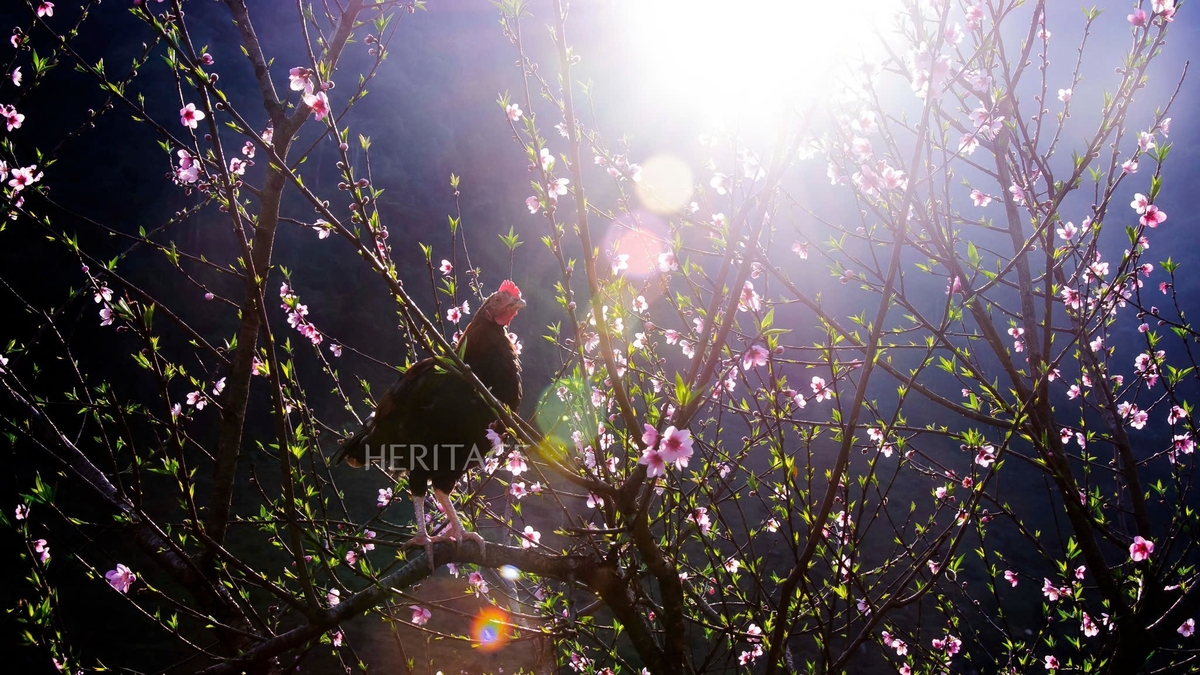
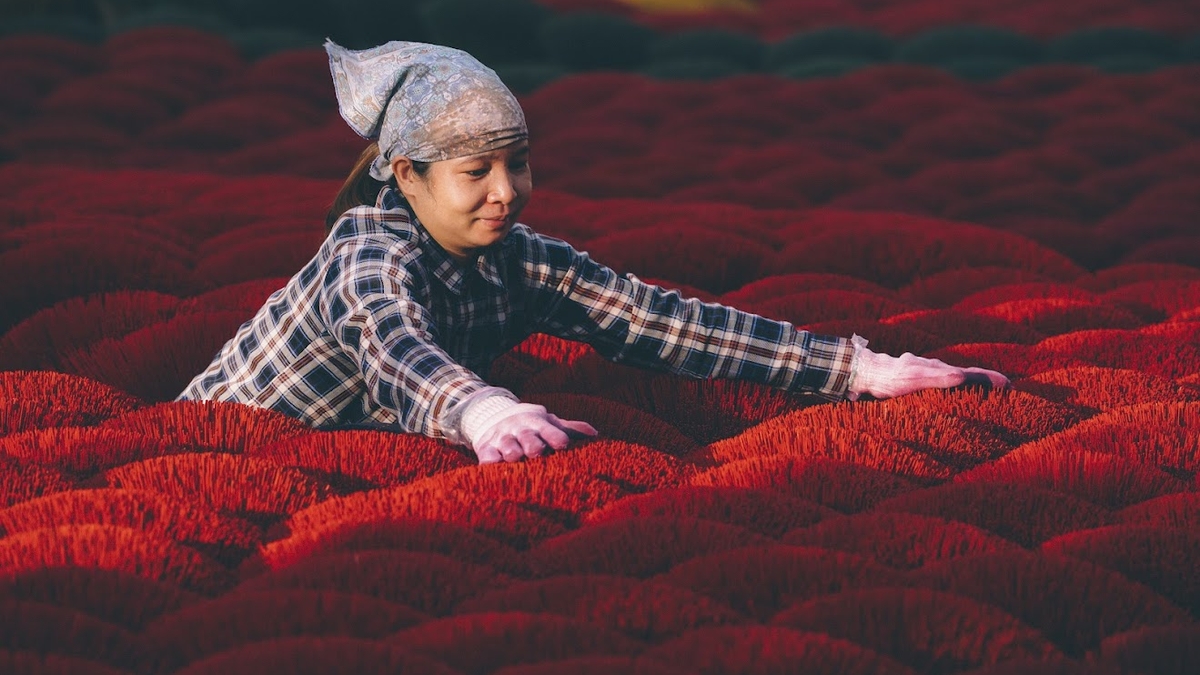

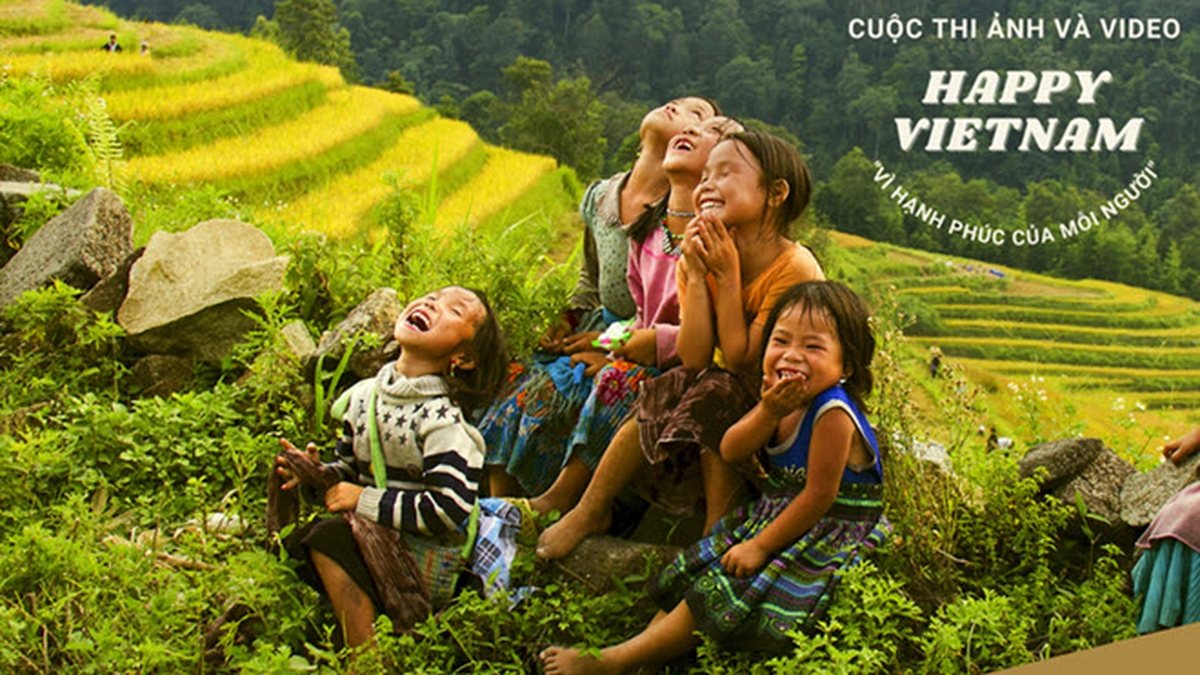
![[Photo] Closing of the 14th Conference of the 13th Party Central Committee](https://vphoto.vietnam.vn/thumb/1200x675/vietnam/resource/IMAGE/2025/11/06/1762404919012_a1-bnd-5975-5183-jpg.webp)

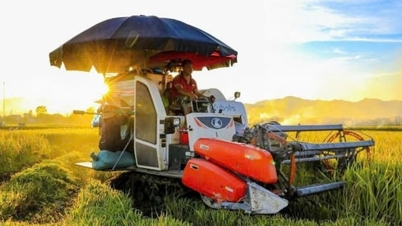


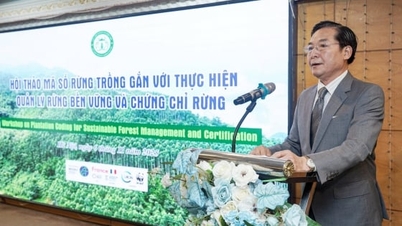
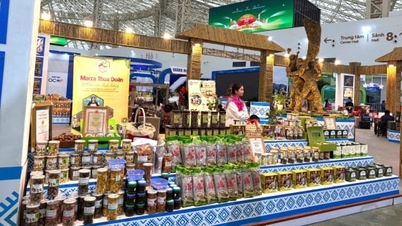
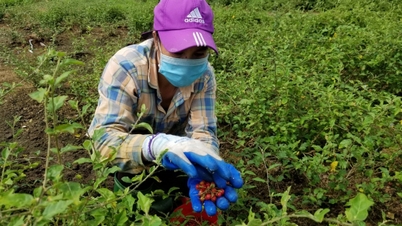






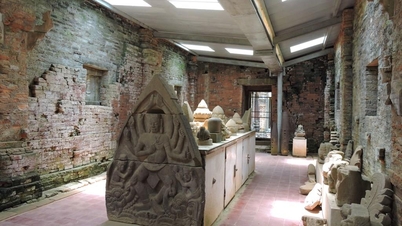
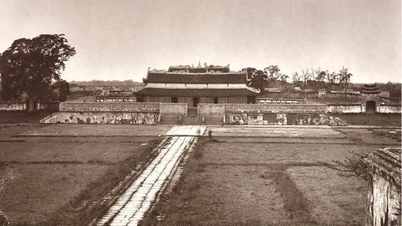
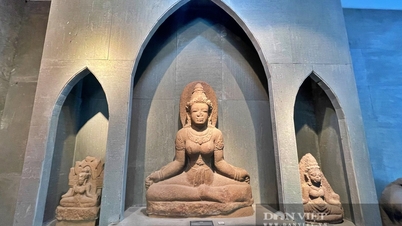
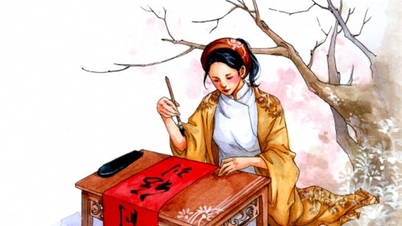
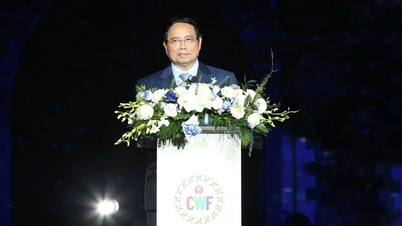




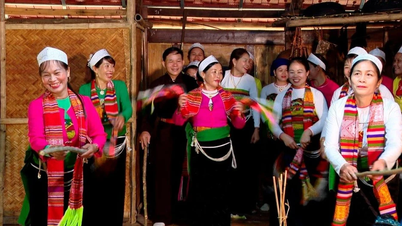





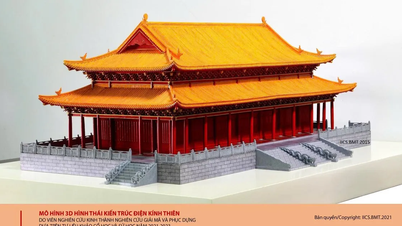

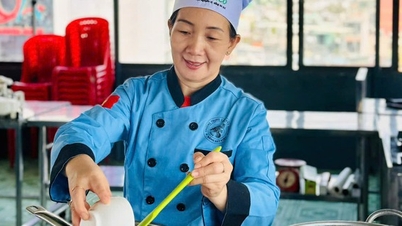




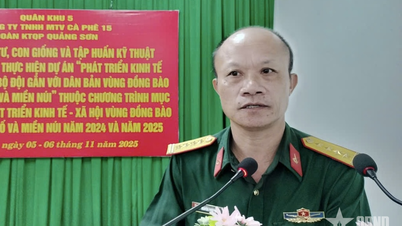



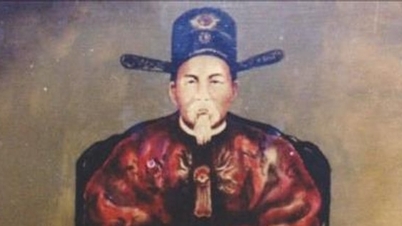

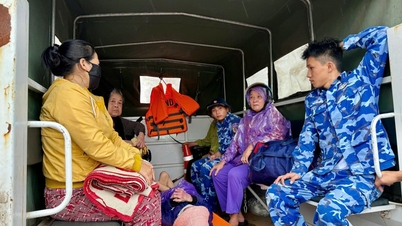

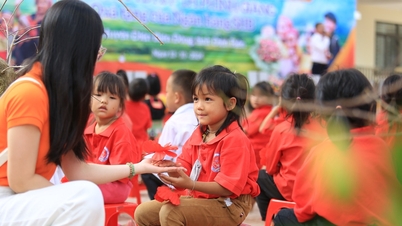


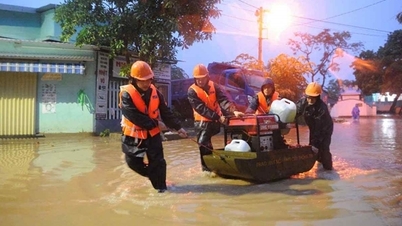

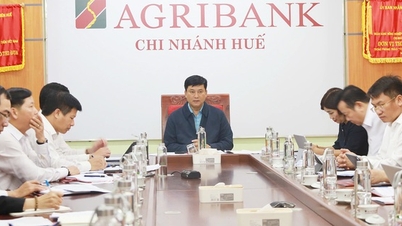

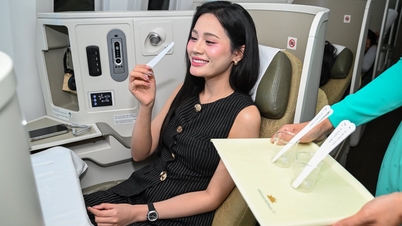






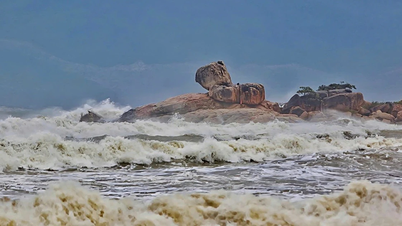

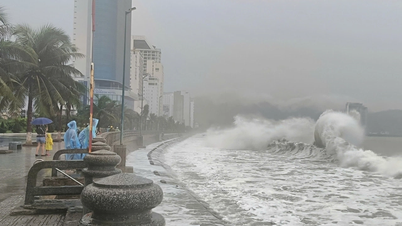
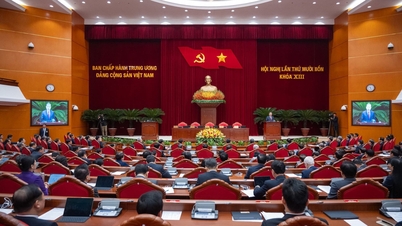




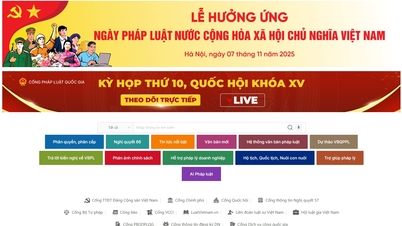

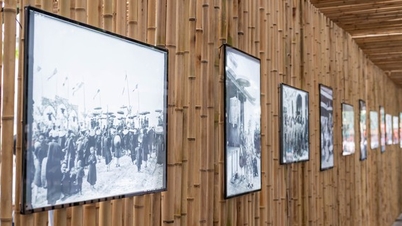



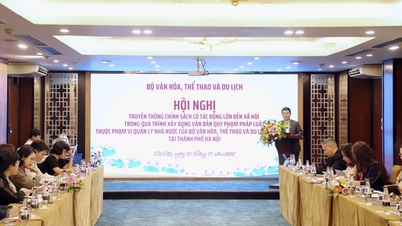
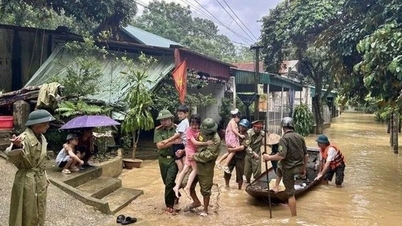
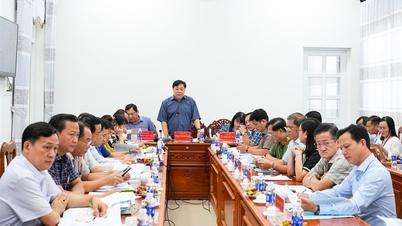
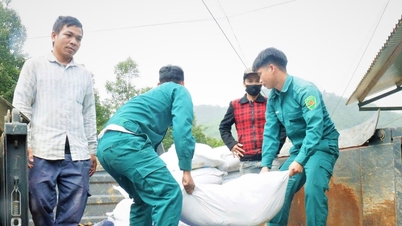



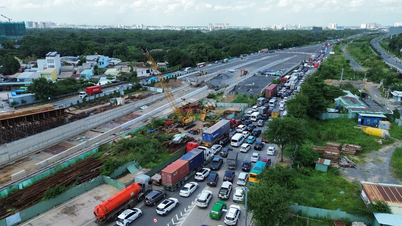
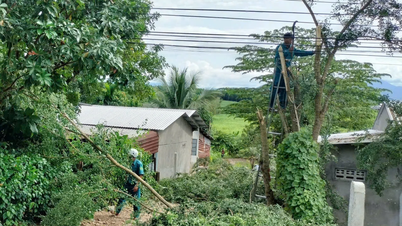










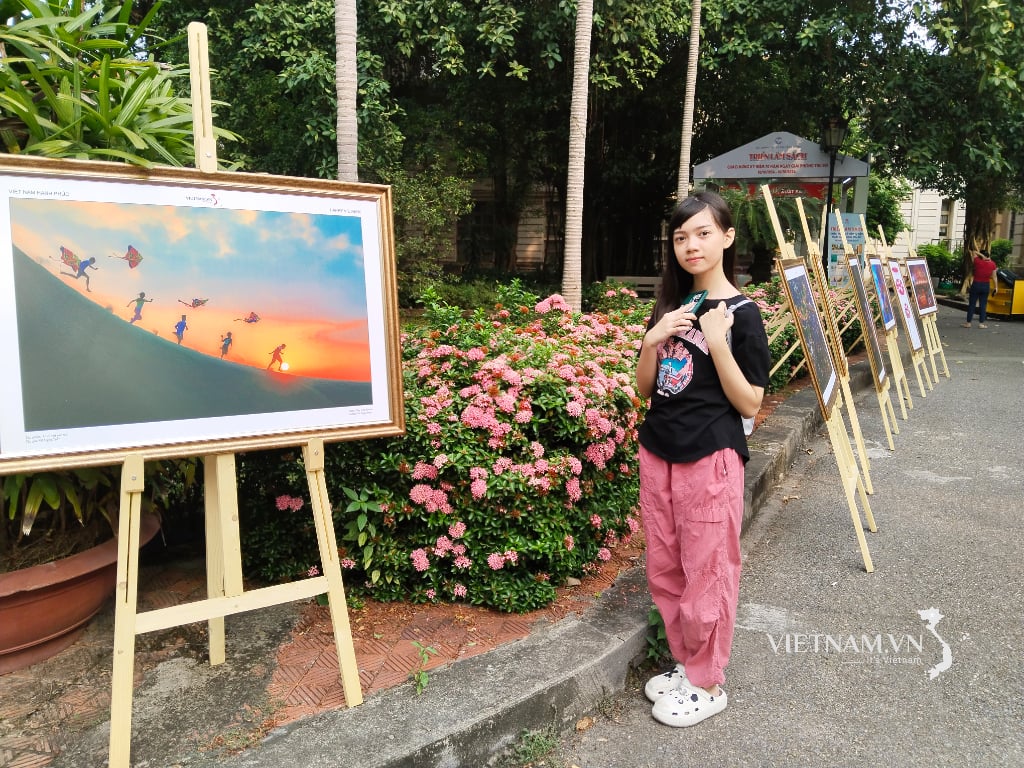

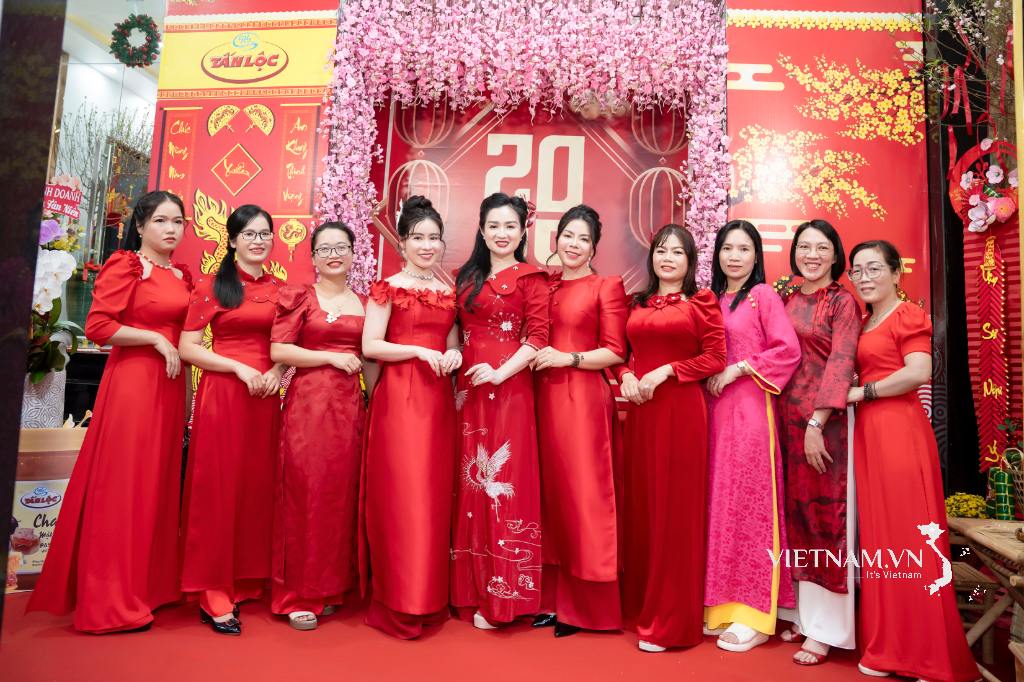
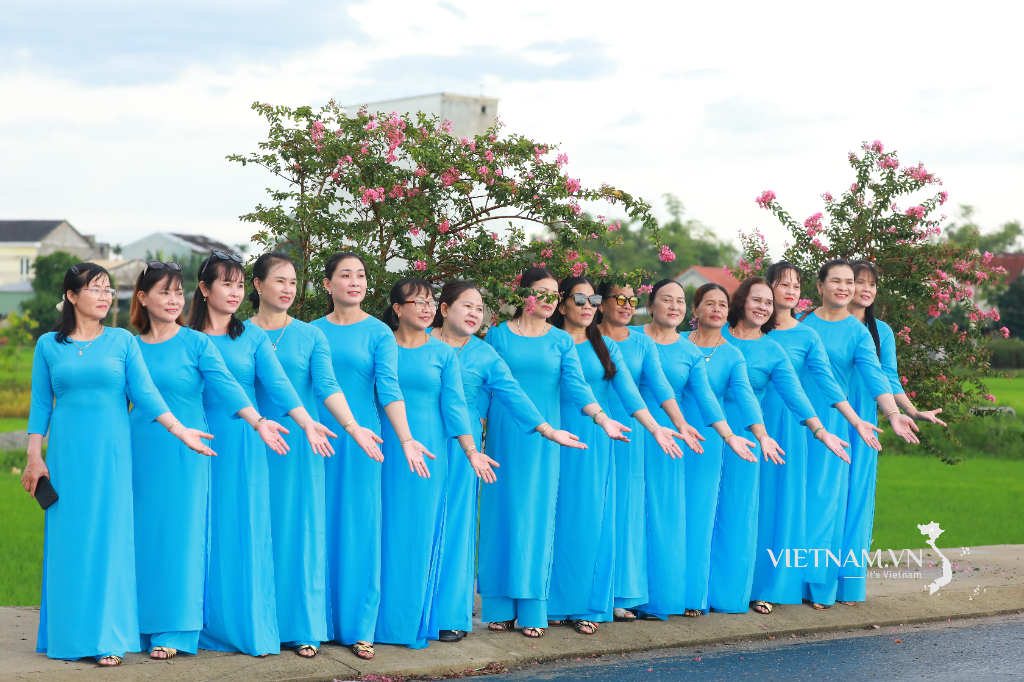
Comment (0)